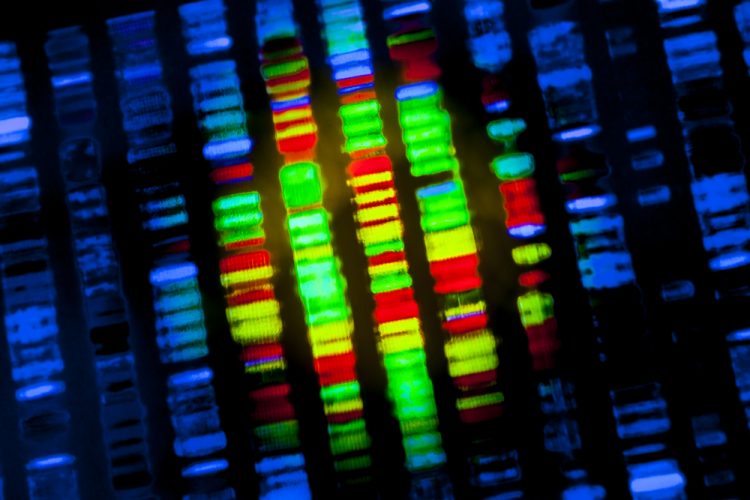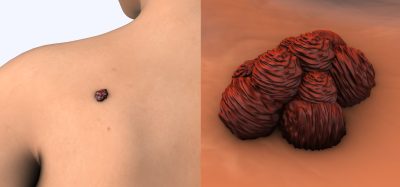RNA-seq of 20,000 cardiac cells reveals heart disease insights
Posted: 5 October 2018 | Iqra Farooq (Drug Target Review) | No comments yet
RNA analysis of 20,000 cardiac cells from heart tissue in both ordinary and deceased mice showed an insight to the development of heart disease…


Animal studies have allowed researchers to identify and investigate the ‘transcriptional landscape’ where DNA transfers genetic information into RNA and proteins, by using a broad variety of cell types in both healthy and diseased hearts.
Scientists used a powerful technology to sequence RNA in 20,000 individual cell nuclei to uncover new insights into biological events in heart disease.
“This is the first time to our knowledge that massively parallel single-nucleus RNA sequencing has been applied to postnatal mouse hearts, and it provides a wealth of detail about biological events in both normal heart development and heart disease,” said study lead Assistant Professor Liming Pei, Molecular Biologist at the Centre for Mitochondrial and Epigenomic Medicine (CMEM) at the Children’s Hospital of Philadelphia (CHOP).
Prof Pei is also an Assistant Professor in the Department of Pathology and Laboratory Medicine in the Perelman School of Medicine at the University of Pennsylvania.
“Ultimately, our goal is to use this knowledge to discover new targeted treatments for heart disease. In addition, this type of large-scale sequencing may be broadly applied in many other fields of medicine.”
Along with study co-lead Dr Hao Wu at CMEM who is also Assistant Professor of Genetics at Penn Medicine, Prof Pei and the research team conducted single-cell analysis of large cells such as muscle cells. They investigated cells with complex morphology such as neurons, with massively parallel single-nucleus sequencing (snRNA-seq) methods.
Currently snRNA-seq has been used in the analysis of the central nervous system. Pro Pei and his colleagues were the first to develop the analysis for use in postnatal heart tissue. Close to 20,000 nuclei in heart tissue from both ordinary and deceased mice were analysed.
“We are excited to further develop sNucDrop-seq and apply it to mammalian postnatal hearts, which are of critical medical relevance but difficult to study with standard scRNA-seq,” said Prof Wu.
Using the sequencing tool, the researchers found major types of heart cells such as cardiomyocytes, fibroblasts and endothelial cells. The team found functional changes in the heart cells during both normal and diseased conditions. One example found was a metabolic change in the fibroblast – the fibrous cells that make the heart abnormally stiff in heart disease.
“This research was a first step in defining the transcriptional landscape of normal and diseased heart at high resolution,” concluded Prof Pei.
The researchers mentioned that future work will investigate how heart disease progresses over time, and how the research could offer opportunities to investigate diseases in organs and systems beyond the heart.
The study was published in the journal Gene & Development.
Related topics
Disease Research, Drug Discovery, Research & Development, Screening, Therapeutics
Related conditions
Heart disease
Related organisations
Centre for Mitochondrial and Epigenomic Medicine, Children's Hospital of Philadelphia, Pennsylvania University, Perelman School of Medicine
Related people
Assistant Professor Liming Pei, Dr Hao Wu








